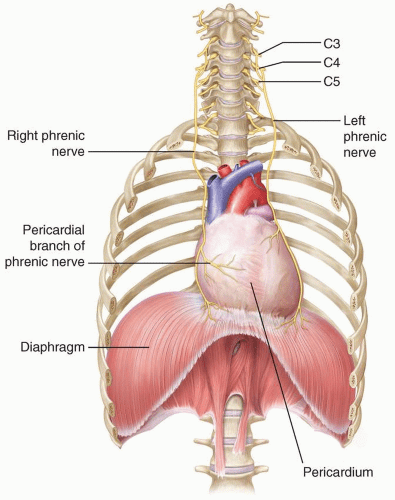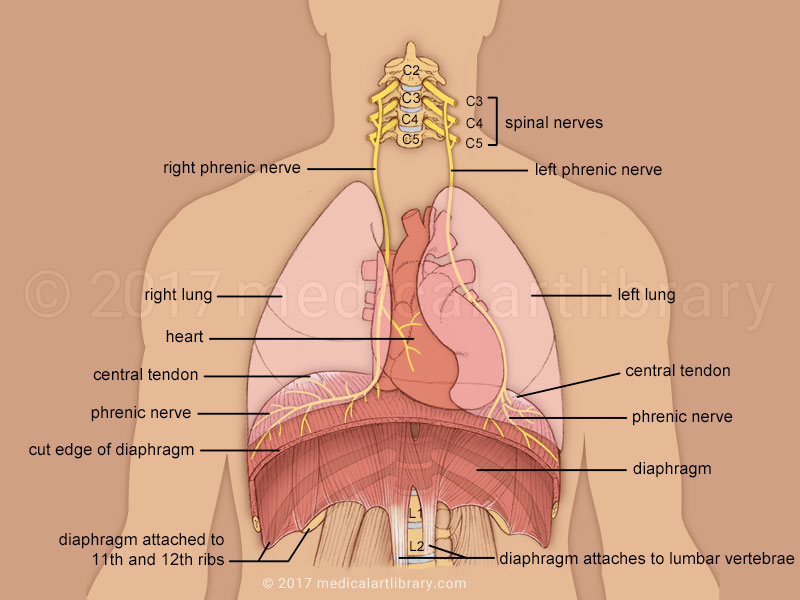Since yesterday I've been gathering my thoughts on the excellent @BhupeshPrusty talk at the #MECFSconference 🧵
The main topics were:
- Mitochondrial dysfunction
- Herpesviridae
- Autoimmunity
#MEAwarenessDay2023 #MEAwarenessMonth
The main topics were:
- Mitochondrial dysfunction
- Herpesviridae
- Autoimmunity
#MEAwarenessDay2023 #MEAwarenessMonth

The oral presentation itself was concise (this is usual in medical conferences) & has possibly saved significant novel findigs until their upcoming article is published.
This may explain why the breakdown on possible biomarkers and treatment options has been so succinct
(...)
This may explain why the breakdown on possible biomarkers and treatment options has been so succinct
(...)
However, this won't be an impediment to try to expand (and speculate a bit) on potential biomarker avenues exposed in Bhupesh's talk.
✅First of all, (I know this is an accepted hypothesis but bear with me) their results show strong evidence that #MECFS has an autoimmune basis:
✅First of all, (I know this is an accepted hypothesis but bear with me) their results show strong evidence that #MECFS has an autoimmune basis:

In fact, that ME/CFS patients have overlapping autoantibodies for SLE and MS*
Probably, certain autoantibodies might fulfill criteria for a good biomarker, in the future:
*SLE: Lupus
MS: Multiple sclerosis
Here's a small thread expanding on biomarkers:

Probably, certain autoantibodies might fulfill criteria for a good biomarker, in the future:
*SLE: Lupus
MS: Multiple sclerosis
Here's a small thread expanding on biomarkers:
https://twitter.com/maureviv/status/1657046405897232384?s=20

In particular, their results show a subgroup of auto-antibodies that might have enough specificity to be useful biomarkers
✅Antimitochondrial and anti-cytoskeleton antibodies
MitoGFP & mitofilin assays show how anti-cytoskeletal atbs. deform and fragment attached mitochondria
✅Antimitochondrial and anti-cytoskeleton antibodies
MitoGFP & mitofilin assays show how anti-cytoskeletal atbs. deform and fragment attached mitochondria

The talk gave an important clue regarding a disabling, not rare symptom present in #MECFS patients: Photophobia
✅Their results point to Anti-aquaporin-4 autoantibodies as associated to photophobia.
These are known to be related to optic neuropathy:
ncbi.nlm.nih.gov/pmc/articles/P…
✅Their results point to Anti-aquaporin-4 autoantibodies as associated to photophobia.
These are known to be related to optic neuropathy:
ncbi.nlm.nih.gov/pmc/articles/P…
However, autoantibodies aren't the only biomarkers in Bhupesh's talk:
✅Herpesviridae-derived dUDPase (from HSV-1, HHV-6 and EBV) is a potentially valid marker, ready for validation studies and clinical use in the short-term.
Both HV positivity and reactivation seem relevant.

✅Herpesviridae-derived dUDPase (from HSV-1, HHV-6 and EBV) is a potentially valid marker, ready for validation studies and clinical use in the short-term.
Both HV positivity and reactivation seem relevant.


Herpesvirus-derived dUDPase seems to induce mitochondrial dysfunction due to cytoskeletal interference
HVs hijack the cytoskeleton for their own functional needs, while causing mitochondrial damage in the process.
HVs hijack the cytoskeleton for their own functional needs, while causing mitochondrial damage in the process.

Another candidate named was Fibronectin:
- a multifunctional, adhesive glycoprotein that plays an important role in tissue repair, in regulating cell attachment and motility
In layman terms, it works as a glue and is related to injury response.
fibrogenesis.biomedcentral.com/articles/10.11…
- a multifunctional, adhesive glycoprotein that plays an important role in tissue repair, in regulating cell attachment and motility
In layman terms, it works as a glue and is related to injury response.
fibrogenesis.biomedcentral.com/articles/10.11…
My take on Fibronectin: it might be more useful for phenotype classification than for clinical use (may be good for severity after diagnosis).
FN (plasma & cellular) levels are increased in #MECFS and #LongCovid, supporting the role of tissue injury/repair in both conditions.
FN (plasma & cellular) levels are increased in #MECFS and #LongCovid, supporting the role of tissue injury/repair in both conditions.

Another powerful message from the Bhupesh Research Lab is that ME/CFS shares less molecular signatures with Long COVID than previously expected.
We must keep our eyes open, as we may expect futher differences, interactions and similarities between the two conditions.
We must keep our eyes open, as we may expect futher differences, interactions and similarities between the two conditions.

For me, the outlook is optimistic:
We have biomarkers ready to be tested
Studies are very expensive: they feature multiple experiments which have to be done with optimal design and quaility
However, as more funding is available we hopefully will accelerate further discoveries.
We have biomarkers ready to be tested
Studies are very expensive: they feature multiple experiments which have to be done with optimal design and quaility
However, as more funding is available we hopefully will accelerate further discoveries.
• • •
Missing some Tweet in this thread? You can try to
force a refresh

 Read on Twitter
Read on Twitter














